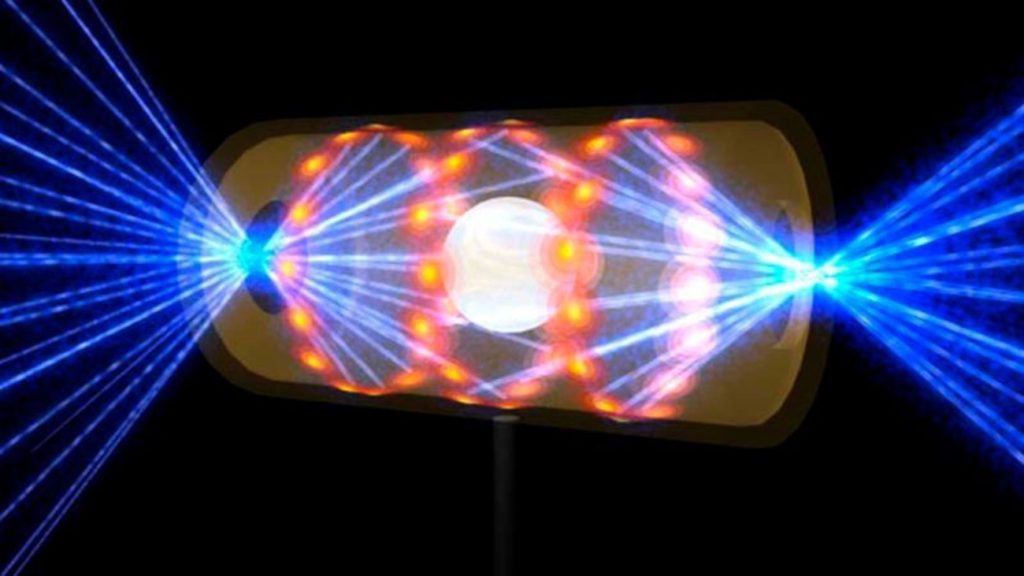(CNN) — For the first time in history, American scientists at the National Ignition Facility at Lawrence Livermore National Laboratory in California have successfully produced a nuclear fusion reaction, resulting in a net gain of energy.
The test’s outcome would be a major step forward in the decades-long search for a limitless source of clean energy that could help end reliance on fossil fuels. Researchers have spent decades trying to recreate nuclear fusion, the kind of fusion that powers the Sun.
U.S. Energy Secretary Jennifer Granholm will announce a “significant scientific advance” on Tuesday, the department announced Sunday.
Nuclear fusion is a process in which two or more atoms fuse together into a larger one, creating enormous amounts of energy in the form of heat.
Scientists around the world have been working towards a breakthrough for decades, using different methods to achieve the same goal.
The NIF project produces energy from nuclear fusion, called “inertial thermonuclear fusion”. In practice, American scientists fire hydrogen-fueled particles into an array of about 200 lasers, essentially producing high-speed bursts repeated at a rate of 50 times per second.
The energy collected from neutrons and alpha particles is extracted as heat, and that heat is the key to producing energy.
Tony Rulestone, a fusion expert at the University of Cambridge’s engineering department, told CNN, “They have a fusion reaction by bombarding the outside with photons. “They heat up the outside; It creates a shock wave.”
While the net energy gain from nuclear fusion is a big deal, it happens on a much smaller scale than it takes to power power grids and heat buildings.
“It’s about boiling 10 kettles of water,” explains Jeremy Chittenden, co-director of the Center for Inertial Fusion Research at Imperial College London. “To turn that into a power plant, we need a lot of energy gain – it has to be significantly higher.”
In February, British scientists announced that they had doubled the previous record for creating and sustaining nuclear fusion.
In a giant doughnut-shaped machine called a tokamak equipped with giant magnets, scientists working near Oxford have managed to generate a record amount of sustained power. However, it only lasted for 5 seconds.
The heat generated by the process of combining atoms is the key to producing energy.
As CNN reported earlier this year, the fusion process creates helium and neutrons that weigh less than the parts they were originally made of.
The missing mass is then converted into a large amount of energy. Neutrons that escape the plasma strike a “blanket” covering the walls of the tokamak, and their kinetic energy is converted into heat. This heat is used to heat water, generate steam, and power turbines.
All of this requires the reactor to be very hot. The plasma must reach at least 150 million degrees Celsius, 10 times hotter than the core of the Sun.
The big challenge is harnessing fusion energy to power grids and heating systems around the world.

“Music ninja. Analyst. Typical coffee lover. Travel evangelist. Proud explorer.”

:quality(85)/cloudfront-us-east-1.images.arcpublishing.com/infobae/TEQF6EONZRFGLLLDIDD4L2O4EE.jpg)

:quality(75)/cloudfront-us-east-1.images.arcpublishing.com/elcomercio/XU32LRAEZFDDPNVHLFU3CKVBYY.jpg)



More Stories
Earthquake in the US today, Wednesday, May 29 – Earthquake’s exact time, magnitude and location via USGS | USGS | composition
President Arrivalo is left with no alternatives to dismissing the Attorney General
Passenger dies after jumping off world’s largest cruise ship in Florida